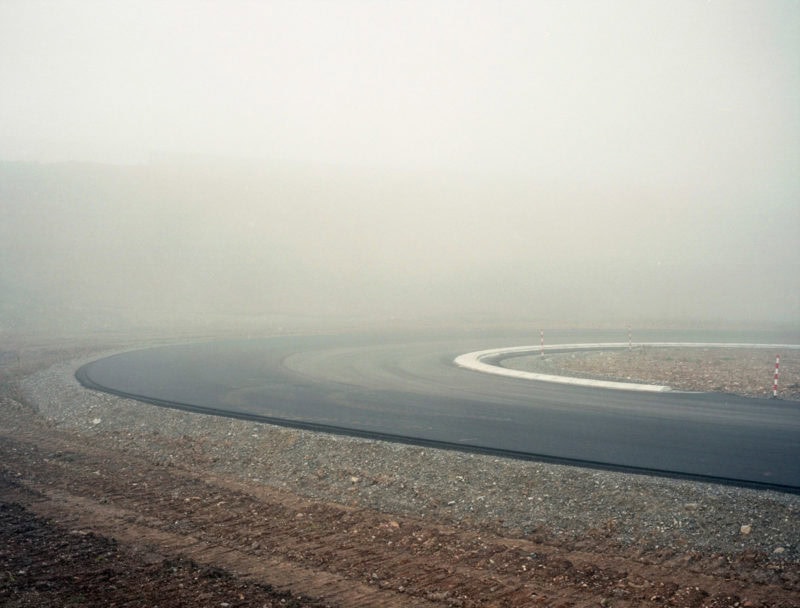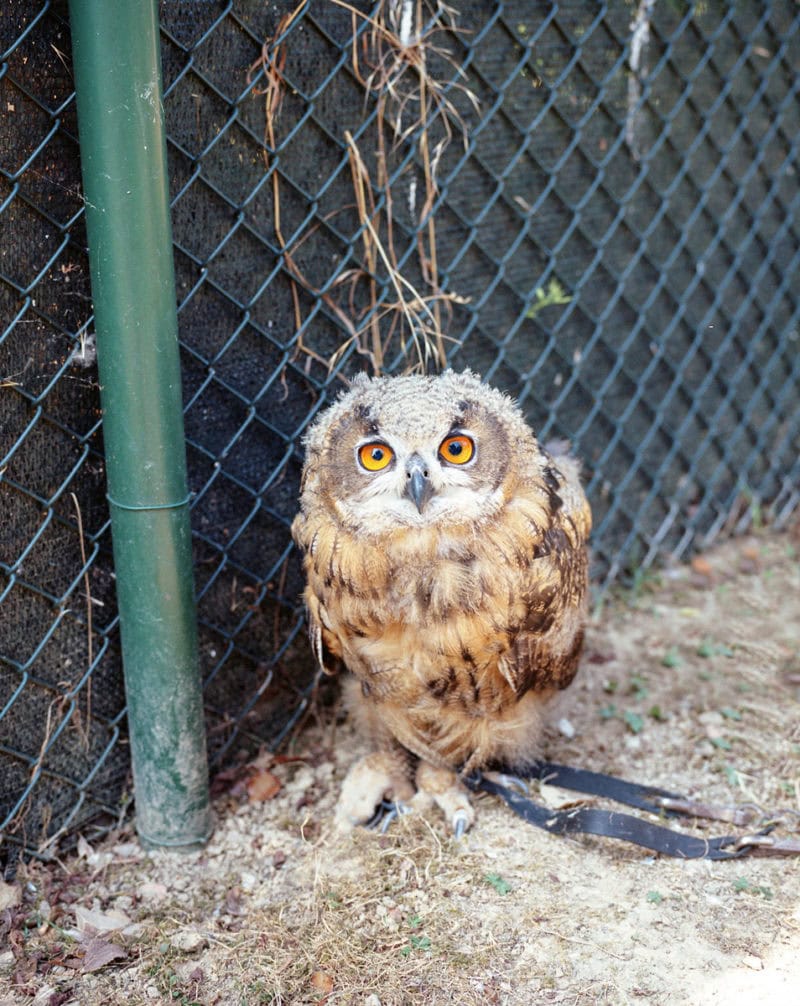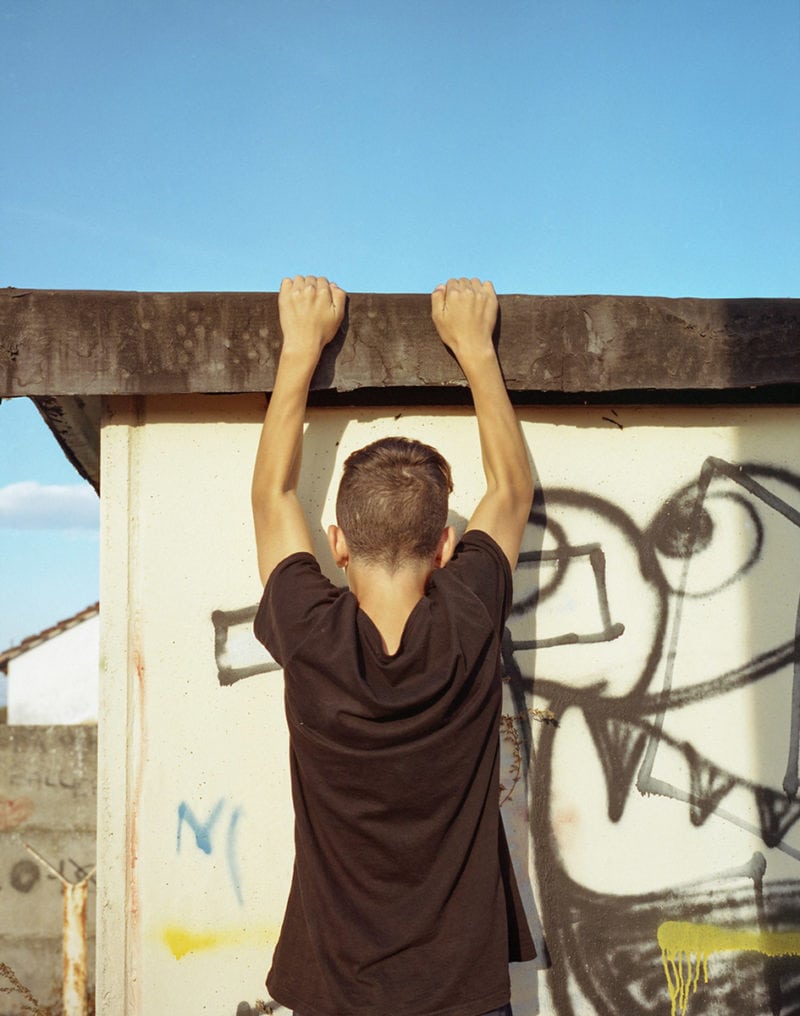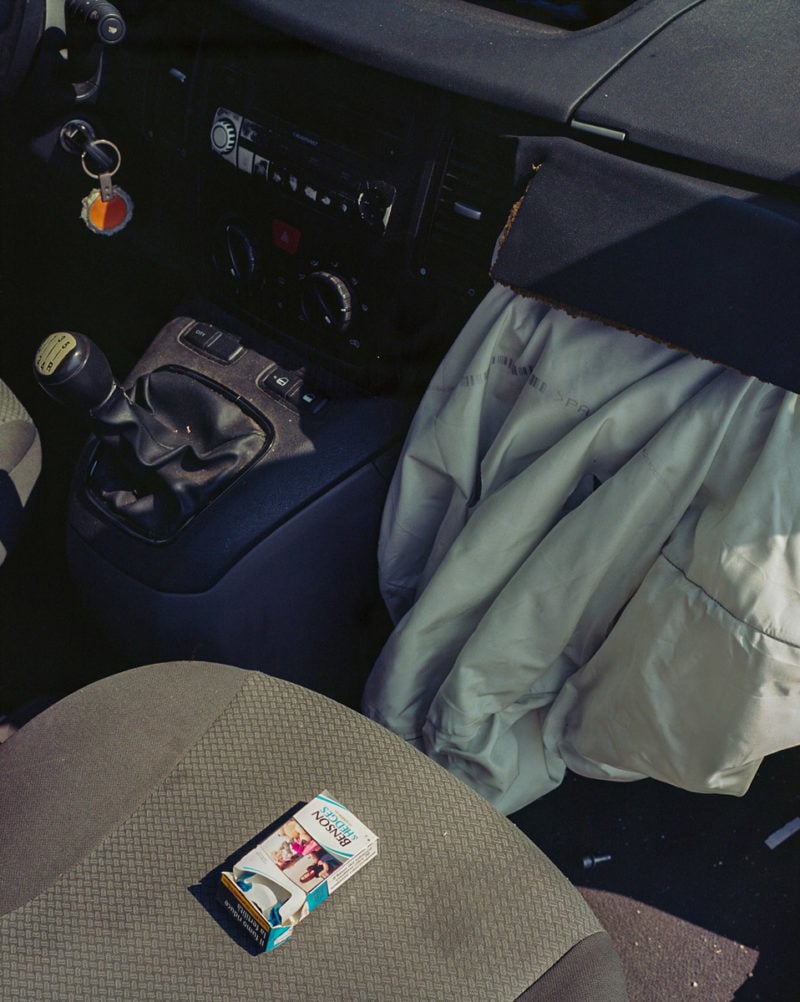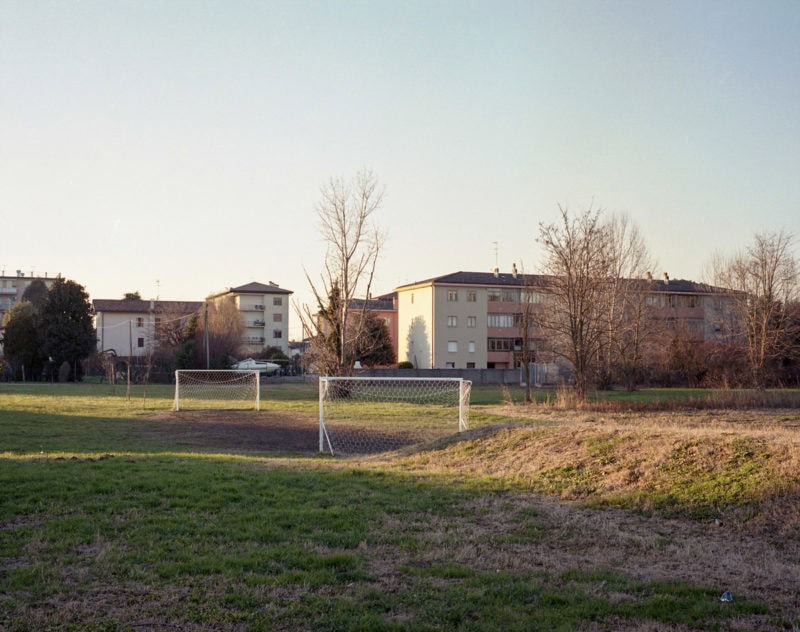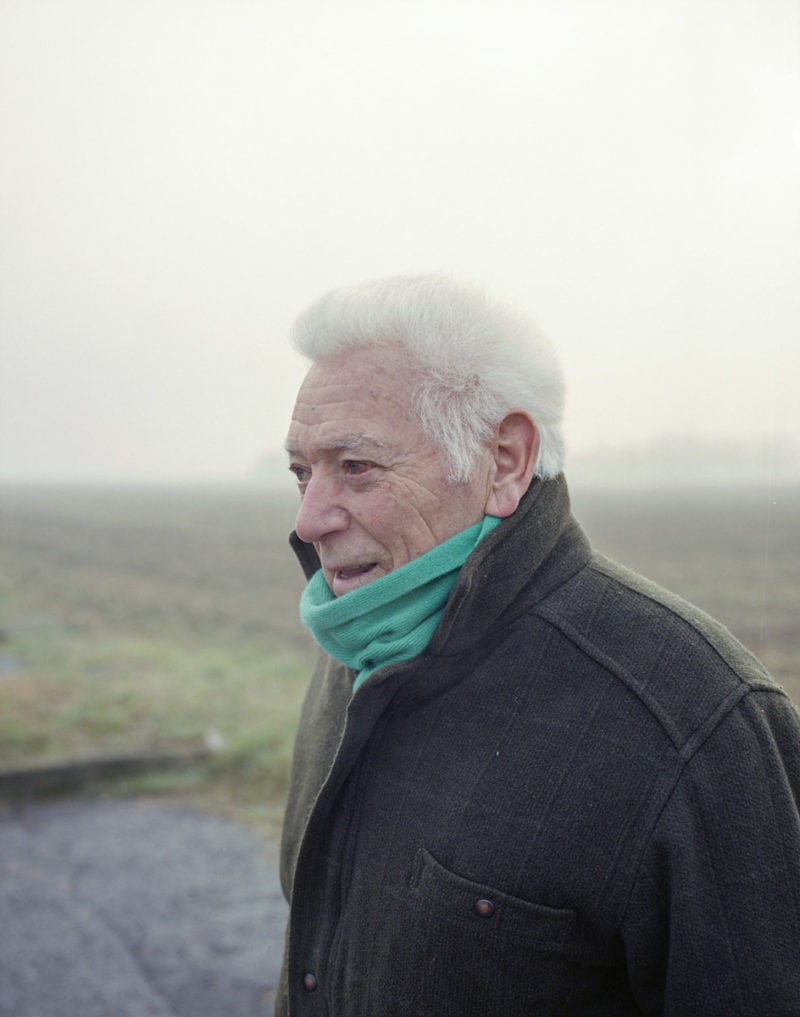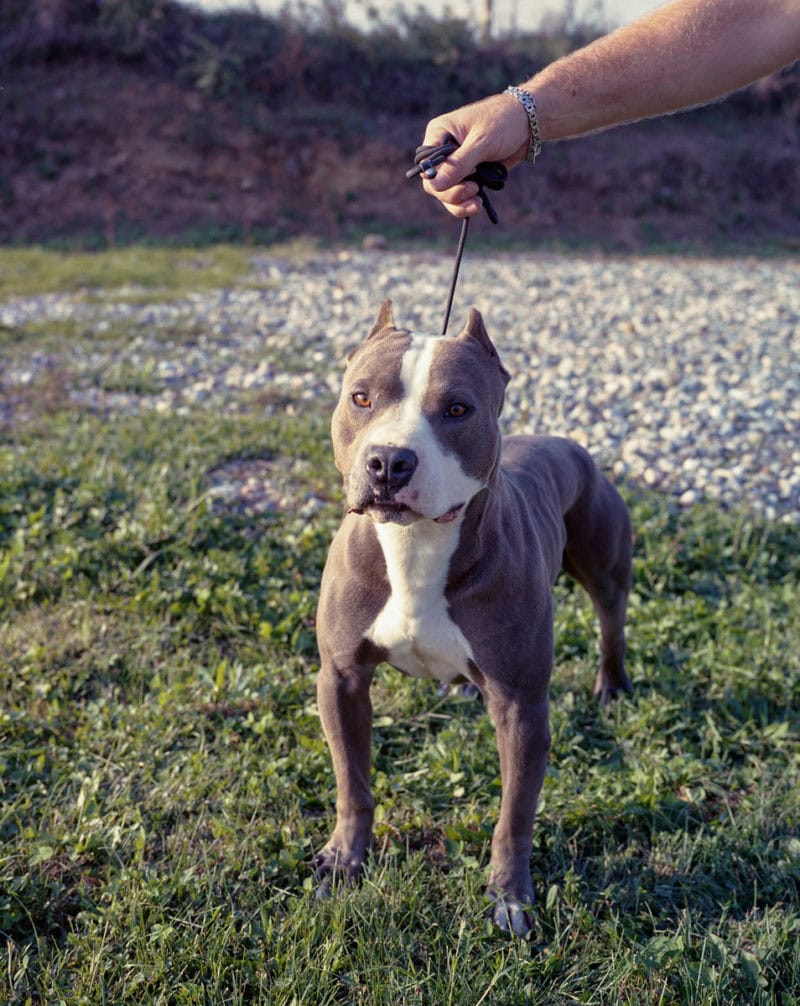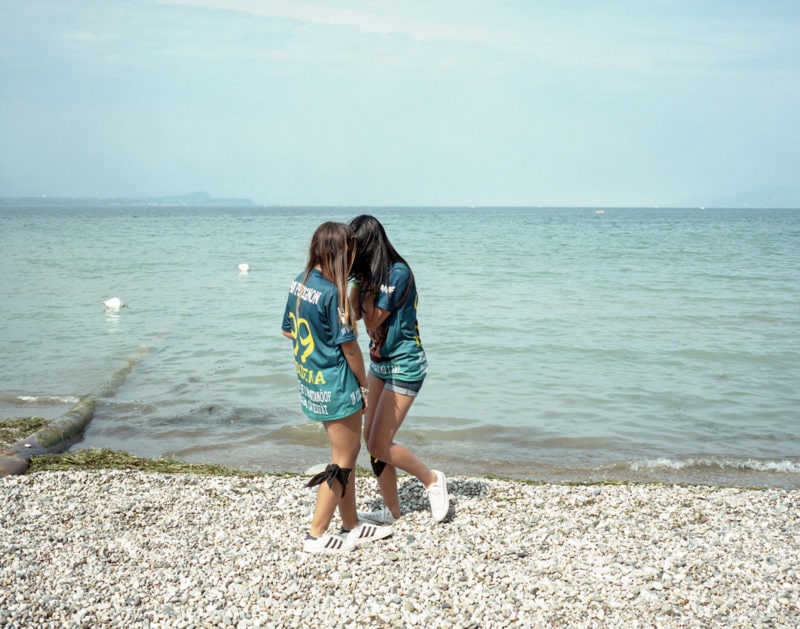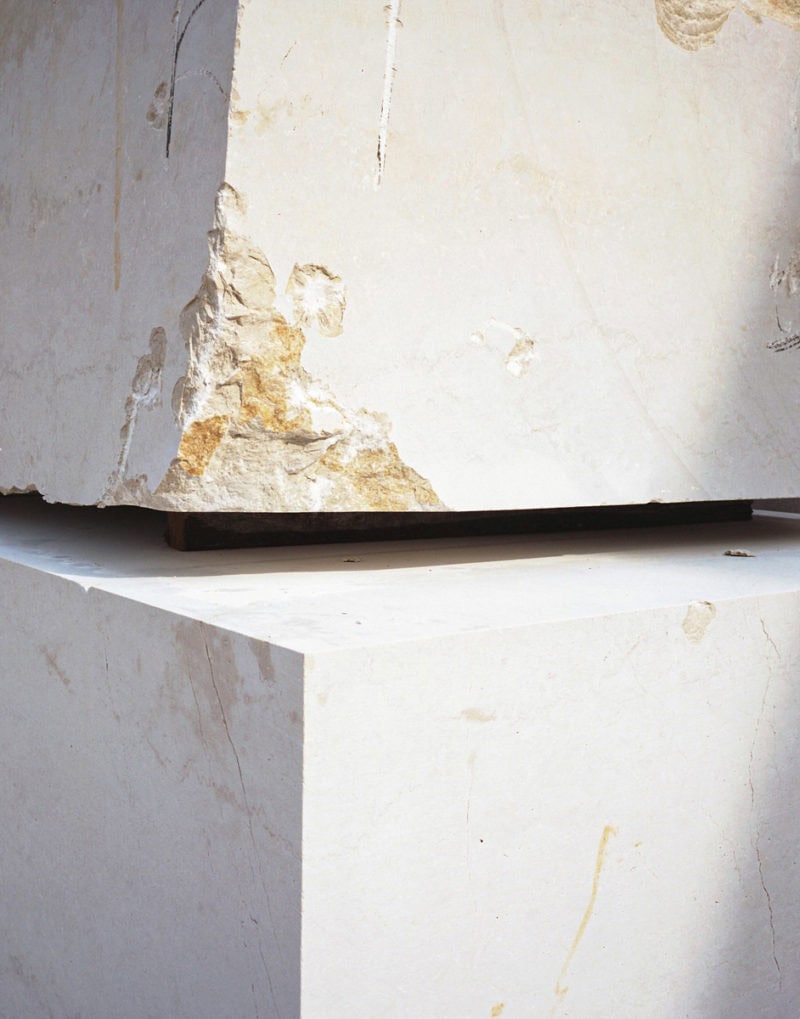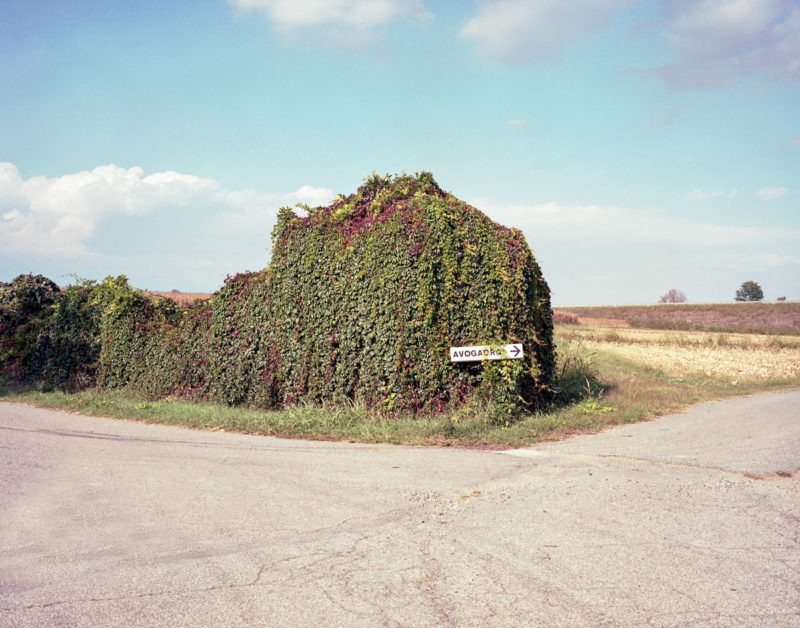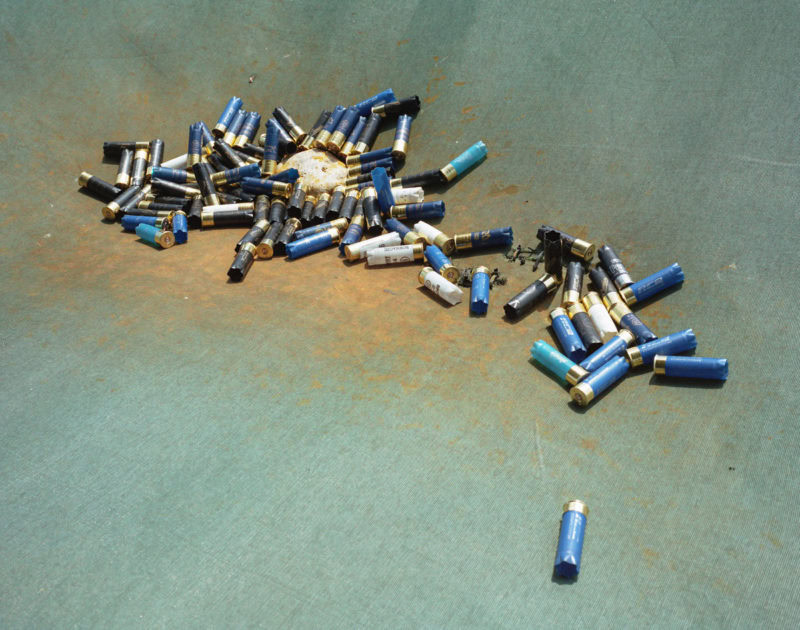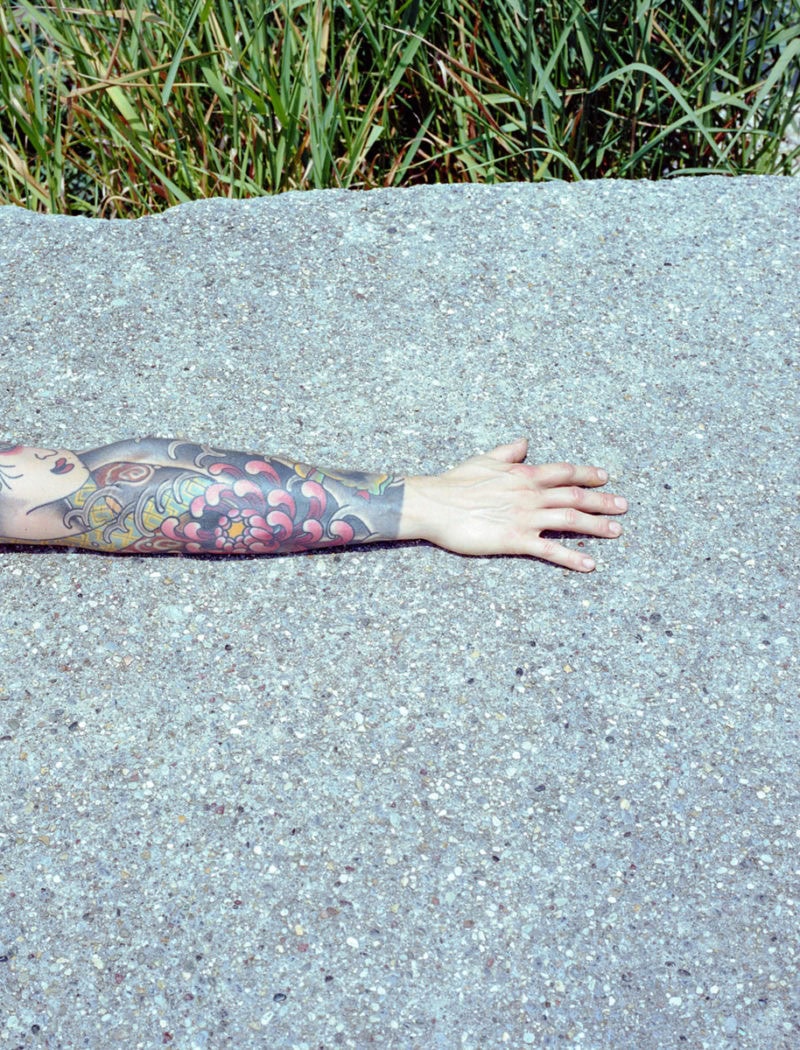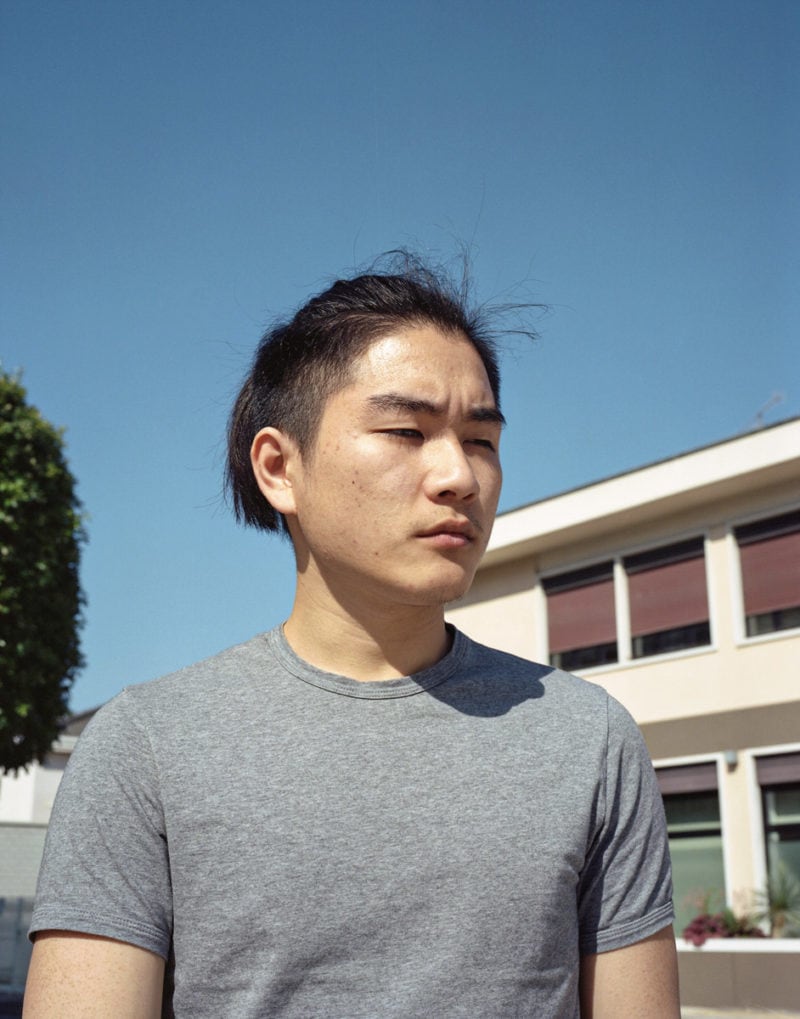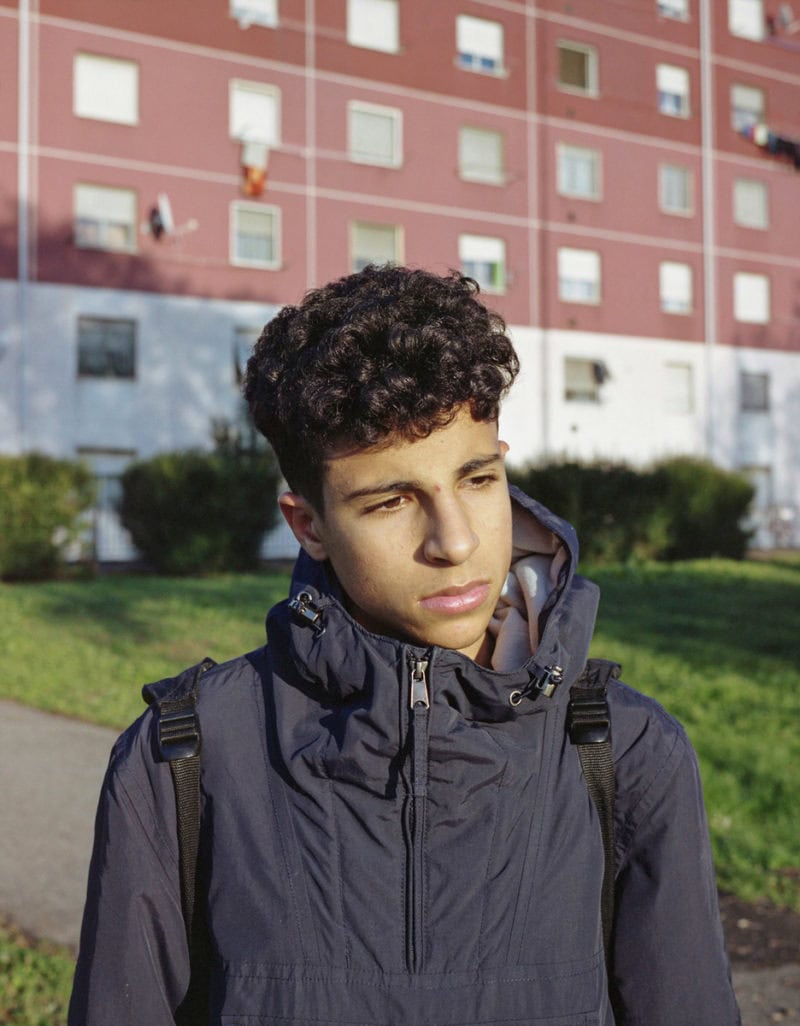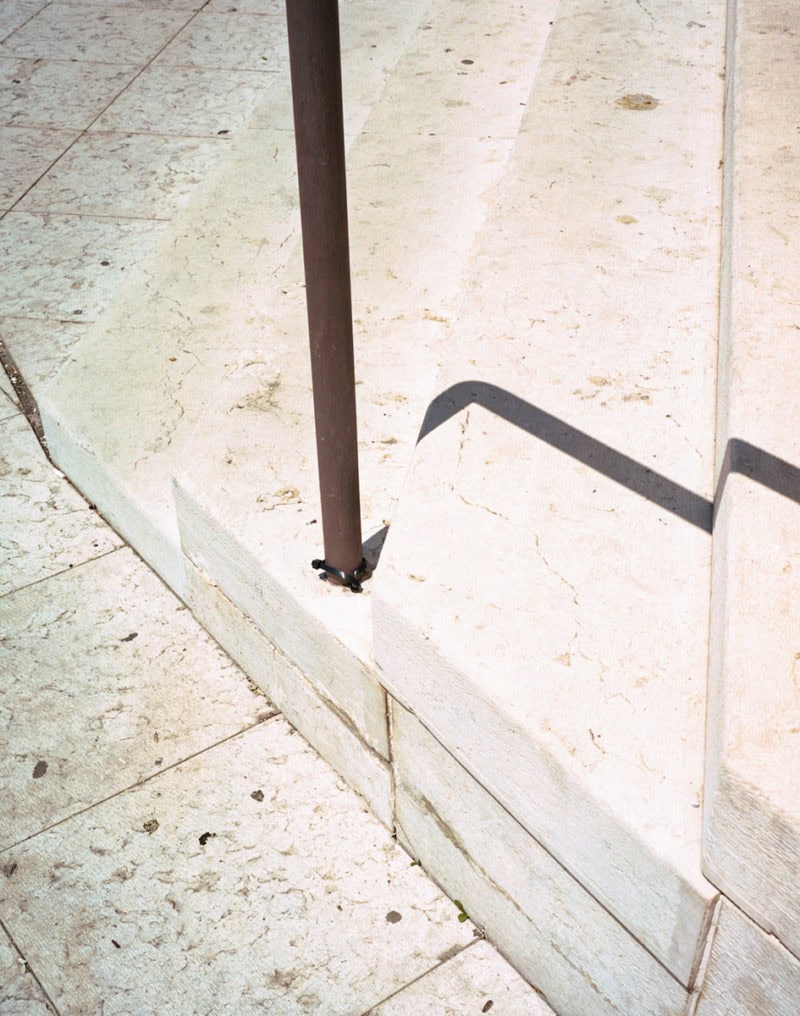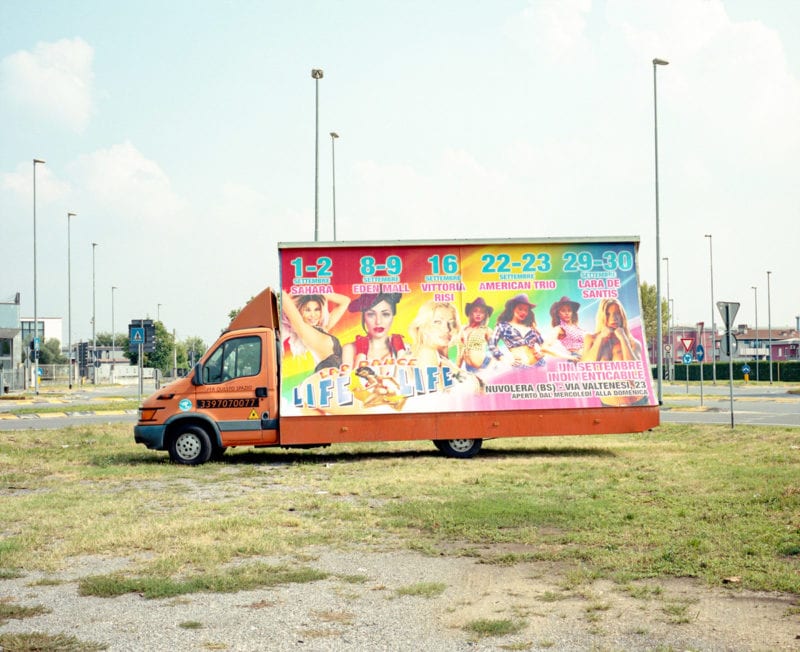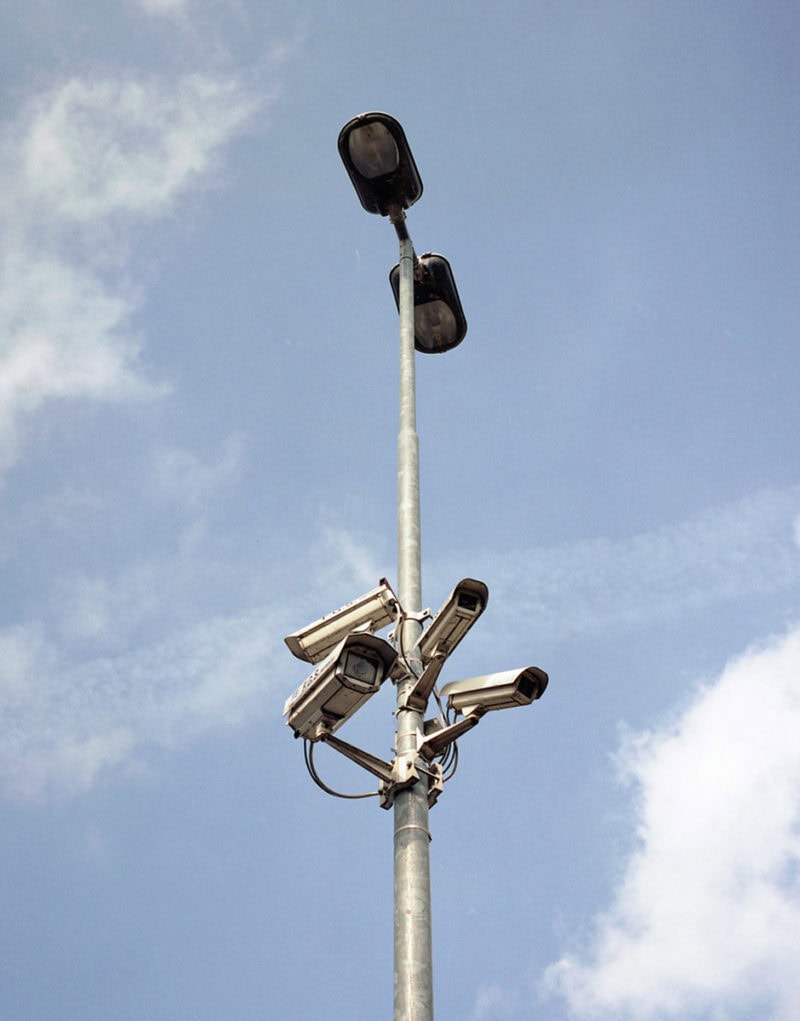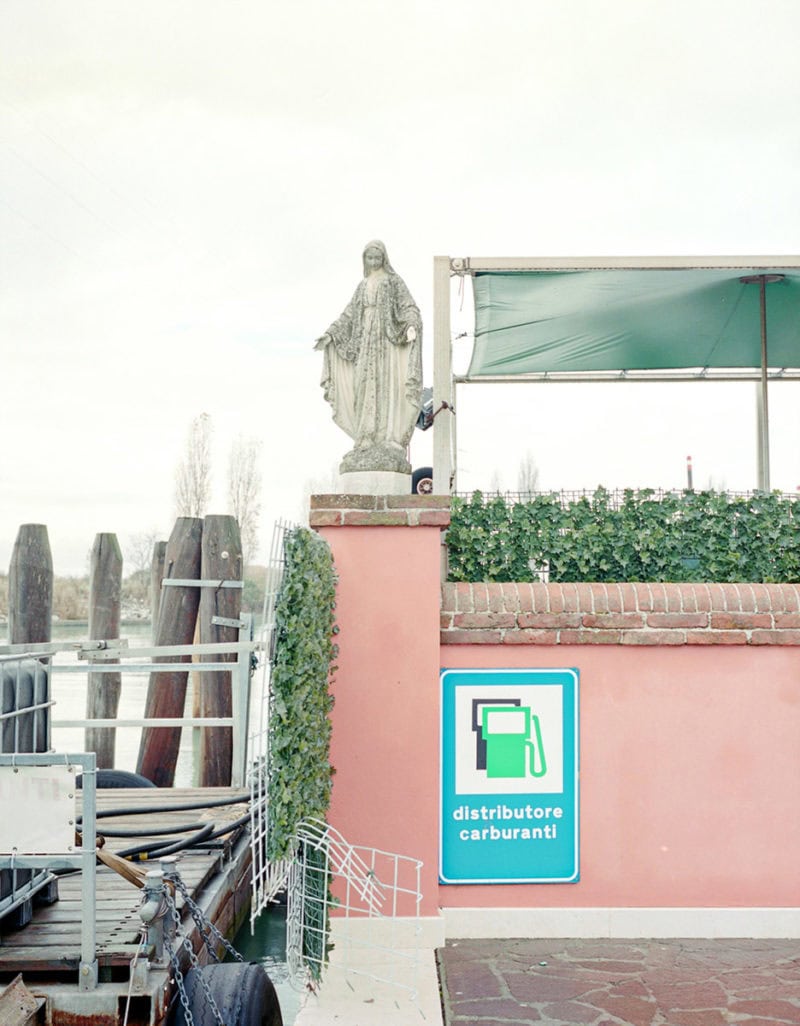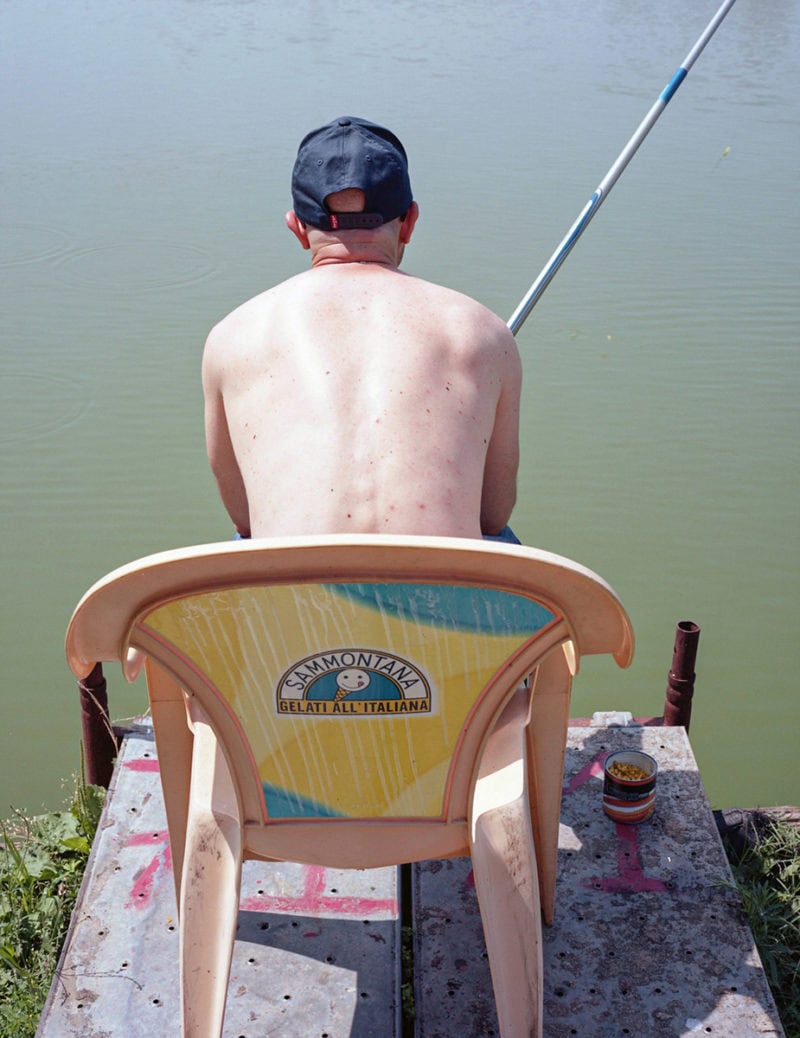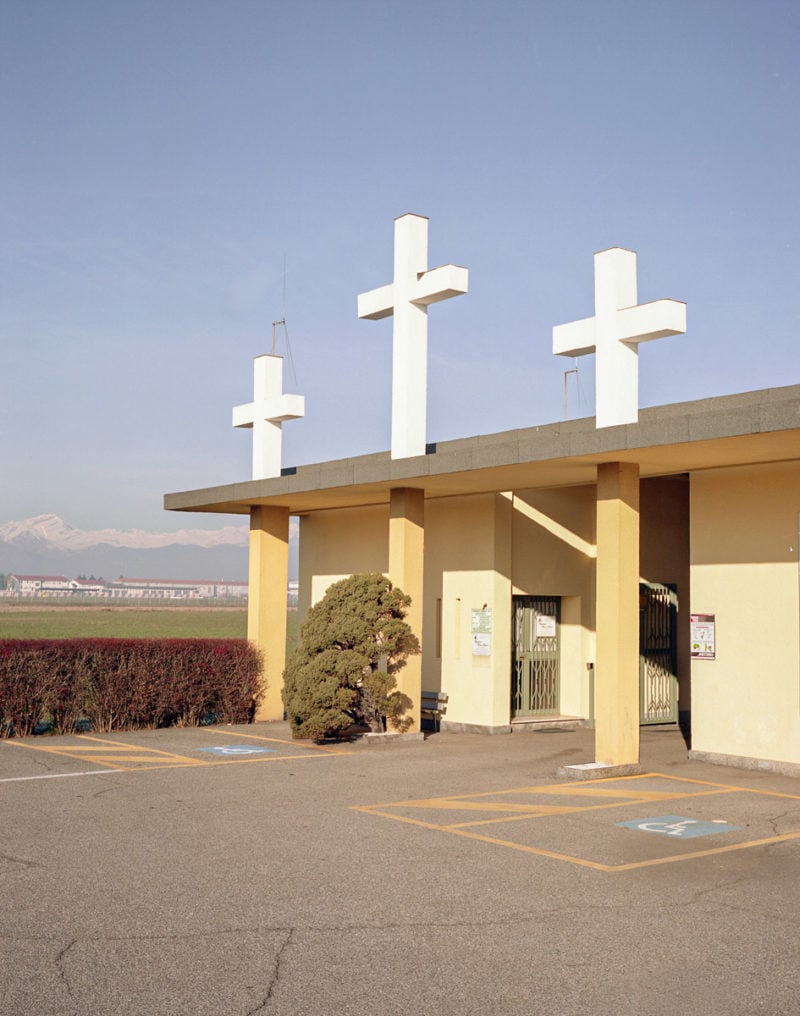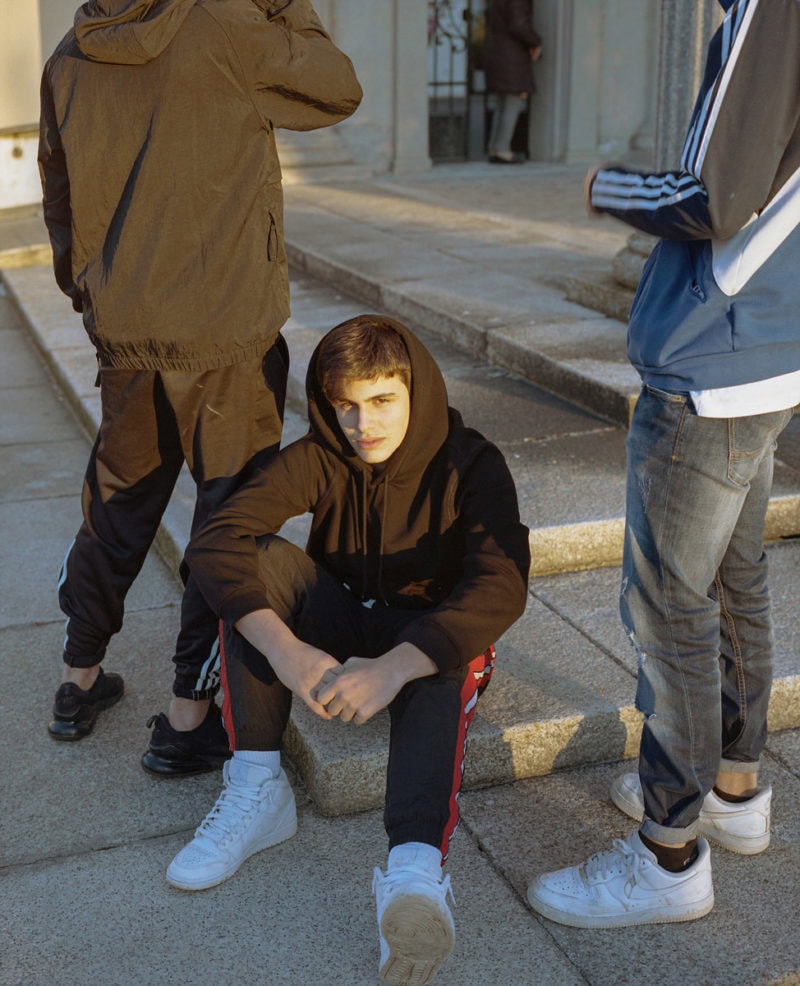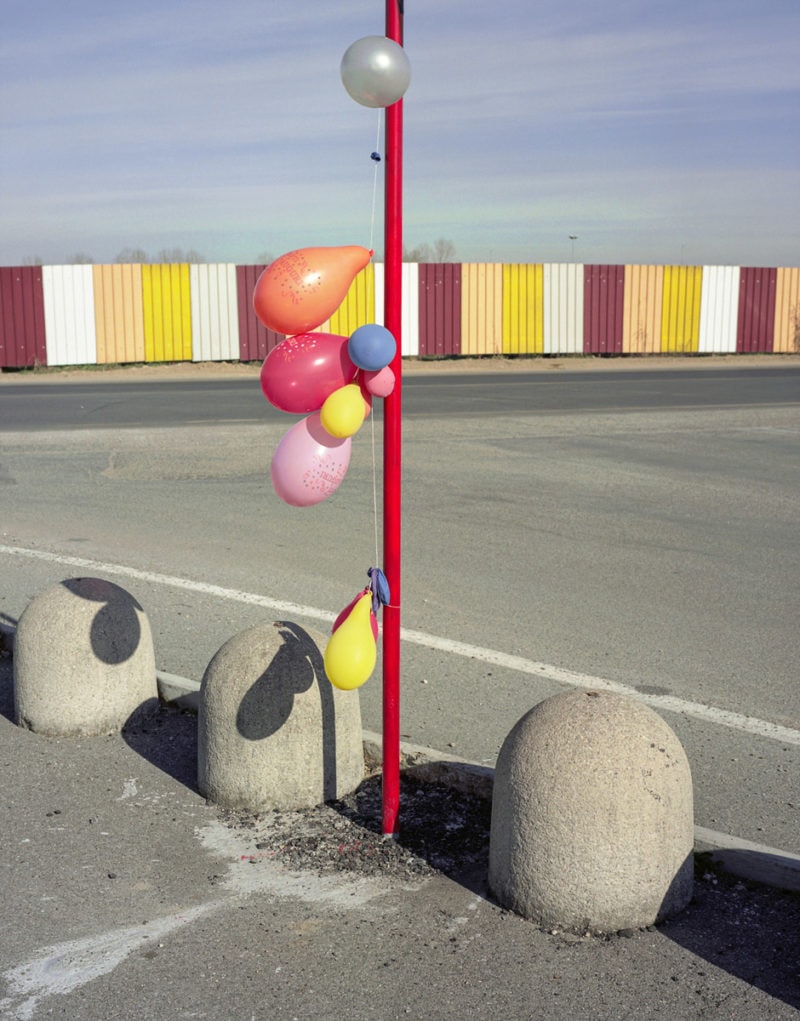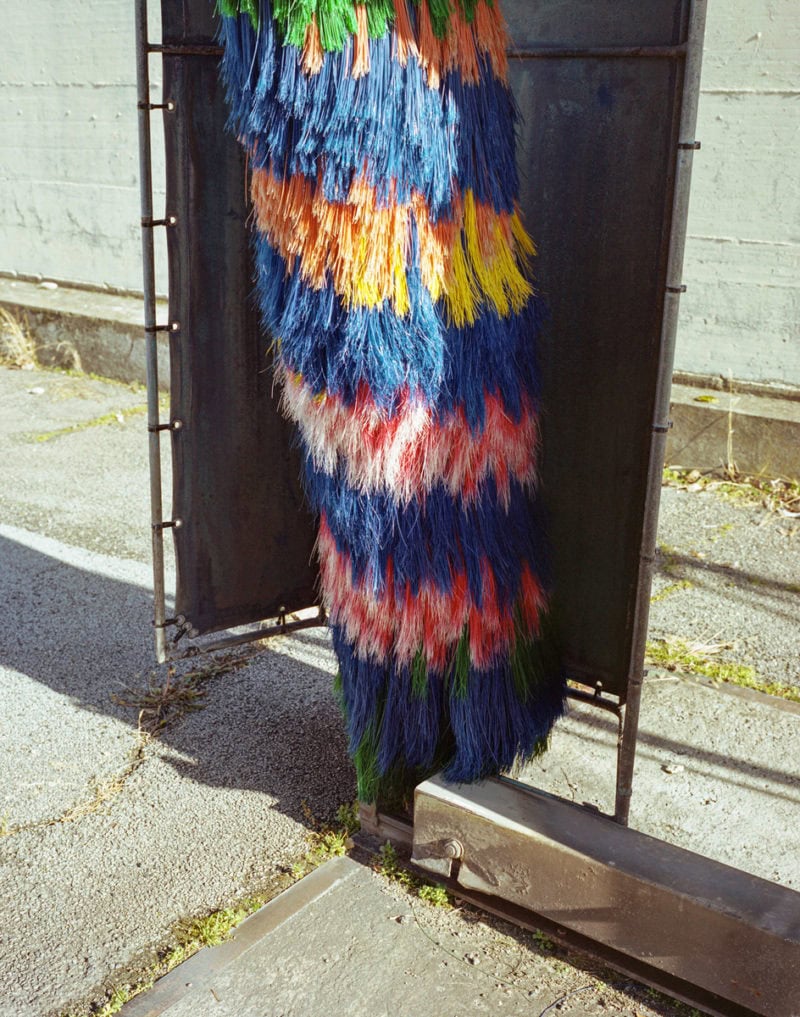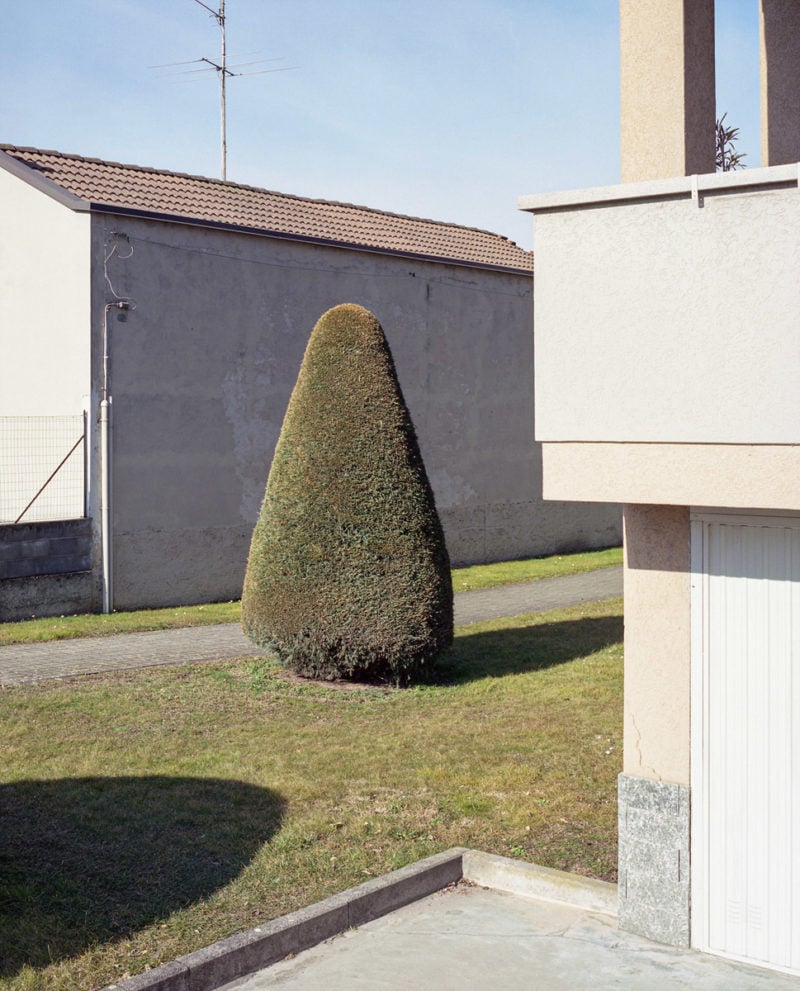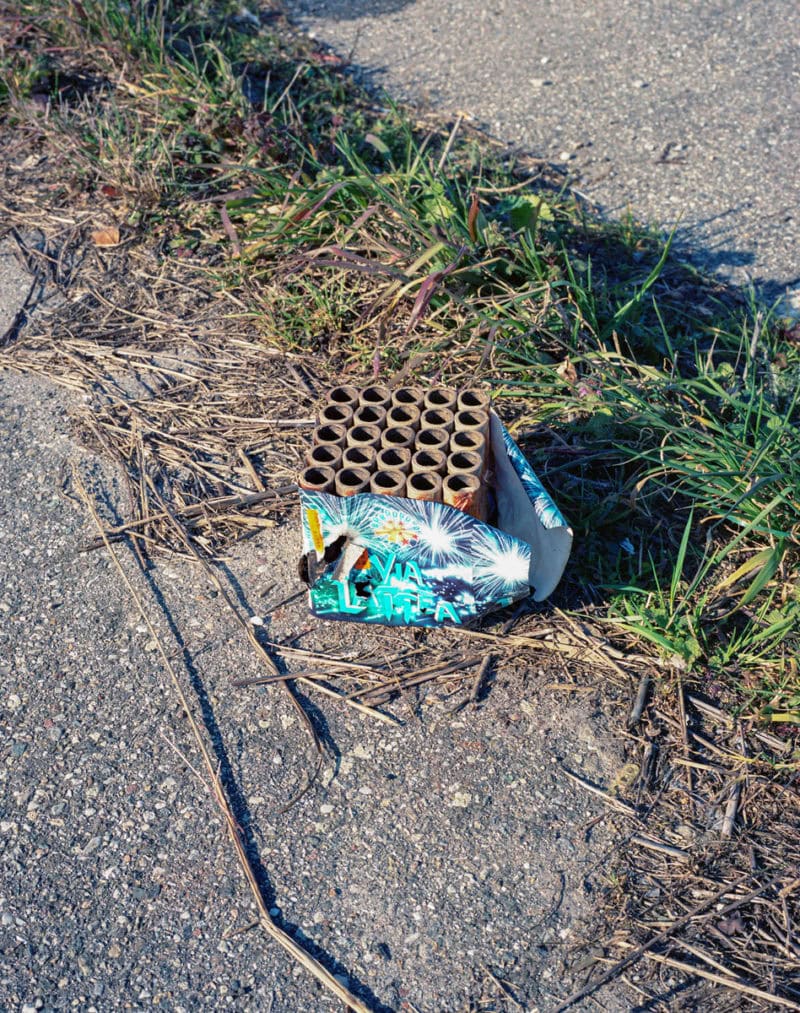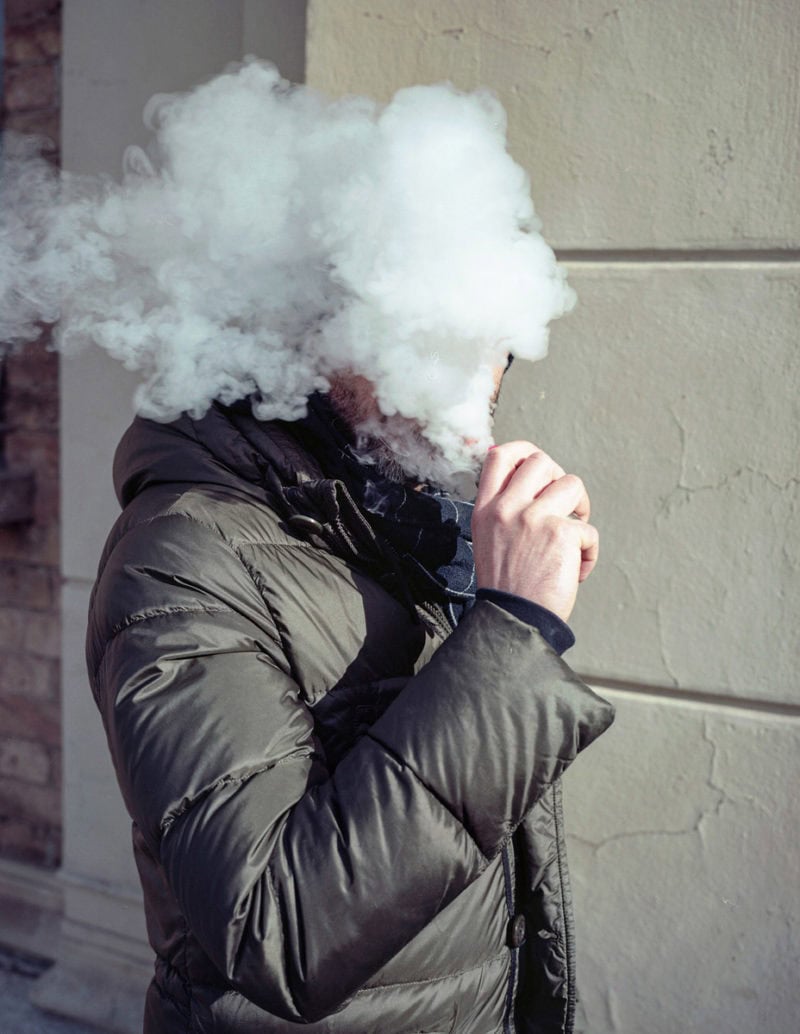This is an unpublished project premiered today on C41 Magazine.
Born in 1986, Tomaso Clavarino is a documentary photographer and director based in Italy.His works have been published by several newspapers, magazines and media outlets, such as Newsweek, The New York Times, Washington Post, Der Spiegel, The Atlantic, Vice, Vanity Fair, The Guardian, D-La Repubblica, Internazionale, and others.
In parallel with his works for media outlets, he also pursues more personal and intimate projects, that have been exhibited and screened in galleries, institutions such as the European Parliament, and in major festivals worldwide such as Athens Photo Festival, Fotografia Europea, Les Rencontres d’Arles, Photo Kathmandu, Format19, Obscura Festival, Festival Fotografia Etica, Encontros da Imagem, and others.
During the years he has received several grants by foundations and institutions such as the Pulitzer Center and the European Journalism Center/Bill&Melinda Gates Foundation.
He is co-curator of JEST, Indipendent Space for Photography in Torino, and Professor at IED (European Institute of Design). In 2019, he has directed his first feature documentary film called ‘Ghiaccio’, produced by ActingOut and selected in several film festivals such as Festival dei Popoli, Ethnocineca International Documentary Film Festival.
He states that his own mission is often to create images that were not sensationalistic or too direct, but that wanted to work on the ambiguity of places and the sensitivity of these people, already keen on focusing through his work on conflict zones, human rights, social and environmental issues.
About ‘Padanistan’ – words by Tomaso Clavarino:
In the past thirty years, the word Padania became part of everyday life in Italy. It refers to an area in Northern Italy that extends from the Alps to the Adriatic Sea. It is a territory that exists in the ideas of many, but that geographically and culturally remains undefined. A region that is full of contradictions, on which a narration has been built over the years that has led to the definition of a precise identity and of a stereotyped visual representation. This last one, notably produced by media and political communication, is the one that I would like to challenge.
This project is a visual investigation into the identity of a place and its communities, that seeks to probe its urban spaces, its borders, its ecosystem. ‘Padanistan’ delves into an area closed between the memory of an industrial past and a future full of uncertainties. Developed along the National Route Padana Superiore (former SS11), the project started in 2017 and is still ongoing.

